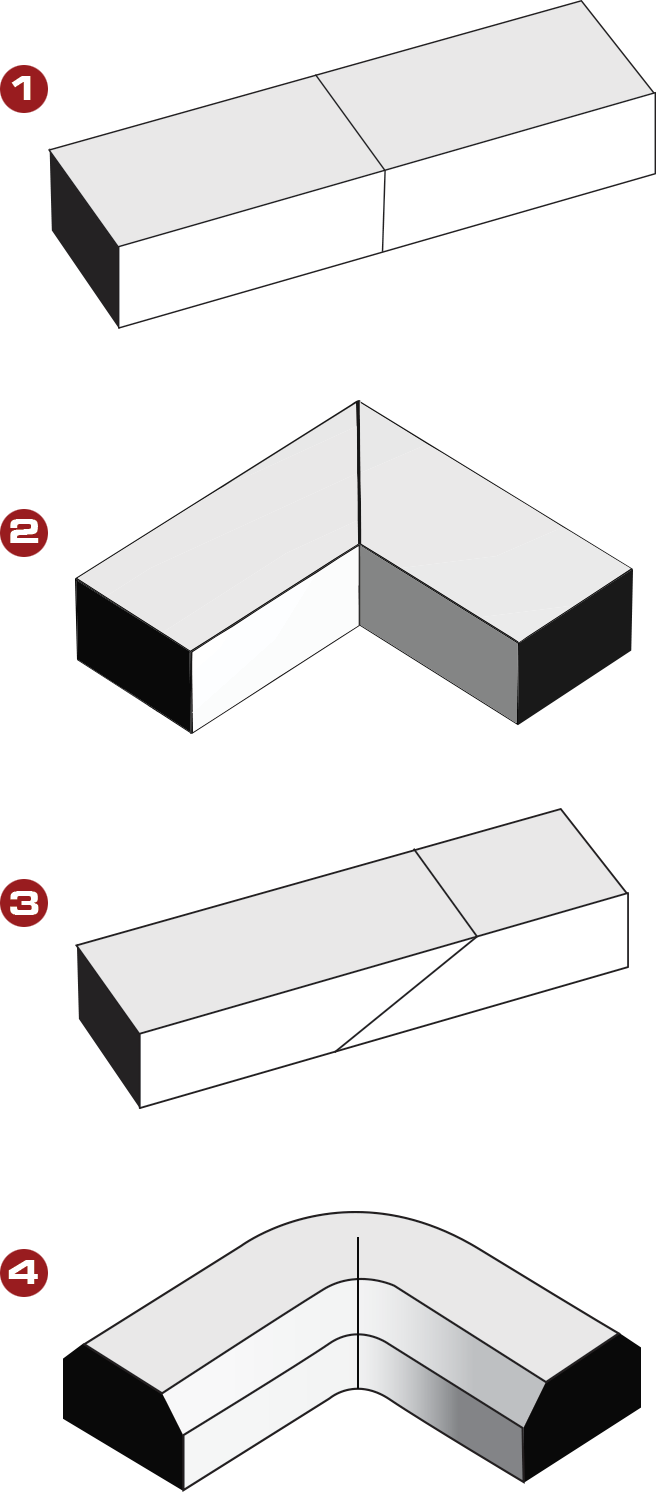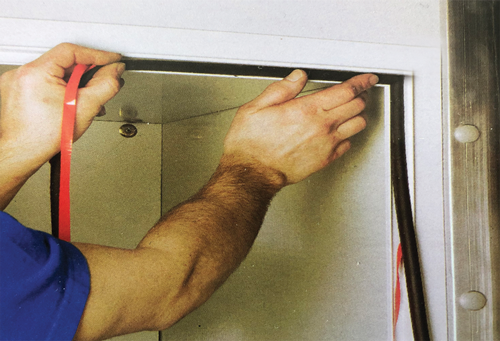CUT TO SPECIFIC LENGTHS
Need the extruded rubber gasket cut to a specific length? No need to hand measure each piece, Clean Seal has the equipment to do this much more efficiently. We can provide you with “ready to use” components, cut specifically for your application.
DRILLING & NOTCHING
Some applications may require a seal with vent holes spaced accordingly to release air or relief notches to facilitate a corner. This takes time and effort during seal installation. Clean Seal can make these relief points to your specifications, saving your company both time and money.
DIE CUTTING
Rubber sheets can be die cut to produce a large number of the same custom gasket shape that is needed in your application. Clean Seal can provide die cut gaskets in various shapes and sizes, while holding tight dimensional tolerances.

SPLICING
When an application requires the use of an endless seal, Clean Seal is able to cut and splice most rubber
profiles to the multi-sided frame or o-ring dimensions
you require. This process provides you with a “ready to use” gasket and hassle-free installation.
Types of Splices
1 Butt Splice - used generaly for fabricating O-rings
or in applications with radius corners, where there is limited or no strain on the splice.
2 Corner Splice - used to form frame gaskets of
multiple sides and specific configurations.
3 Bevel Splice - used as an alternative to the butt splice if more cross-sectional surface bonding area is desired.
4 Notched Splice - used as an alternative to the corner splice to achieve a smooth rounded corner. One butt splice in the unit is necessary to complete a frame using this type.
COLD GLUE SPLICING
This is the process of bonding two ends of a rubber extrusion together using a quick setting liquid adhesive. This method is the most common, cost effective solution of creating a splice with exceptional strength at the seam.
HOT SPLICING/VULCANIZING
This process employs the use of a compound to chemically bond two ends of rubber extrusion together. The compound is cured, or vulcanized, to create the splice and forms a more flexible seam. This process takes more time than traditional cold splicing due to the cure process. Set-up costs may be incurred due to splice molds available for specific profiles.



